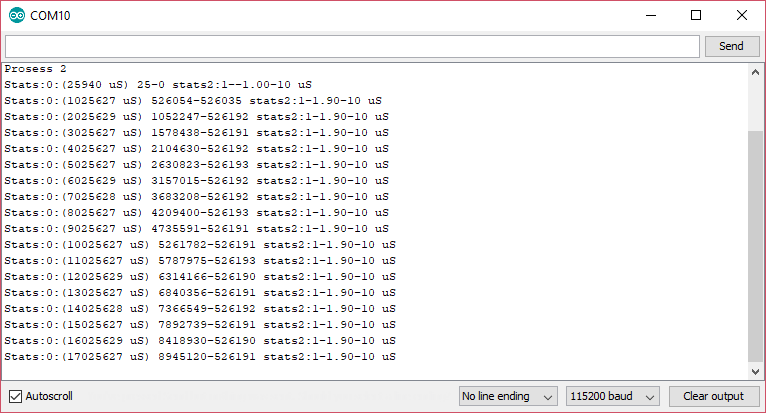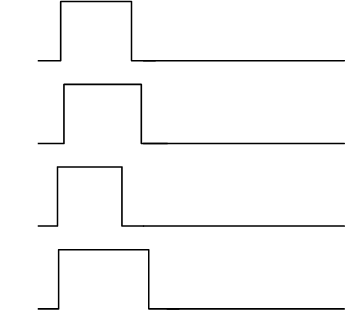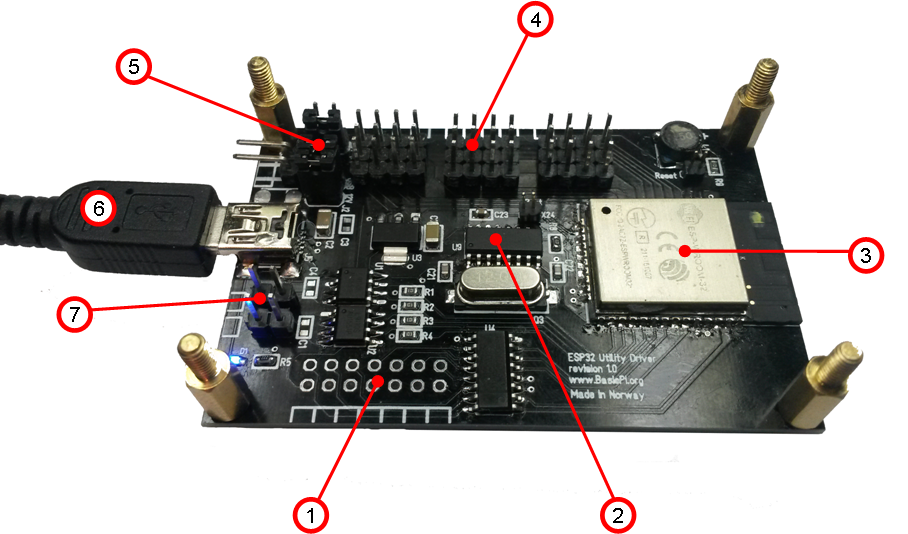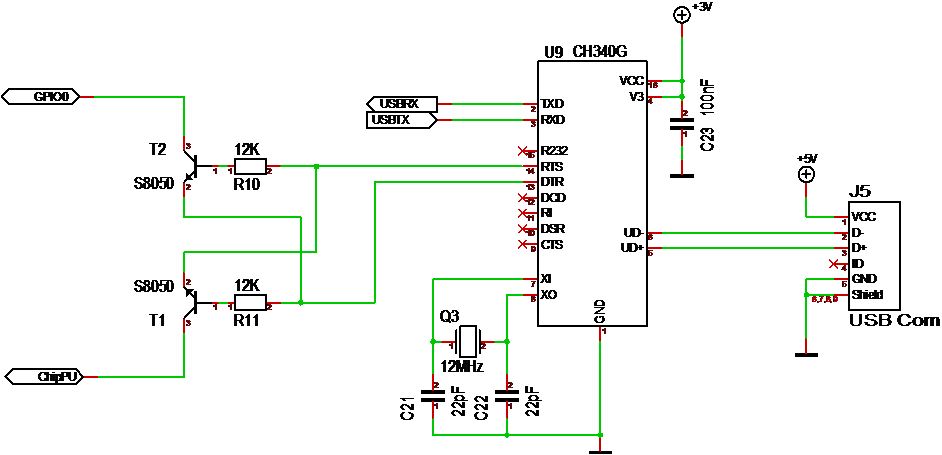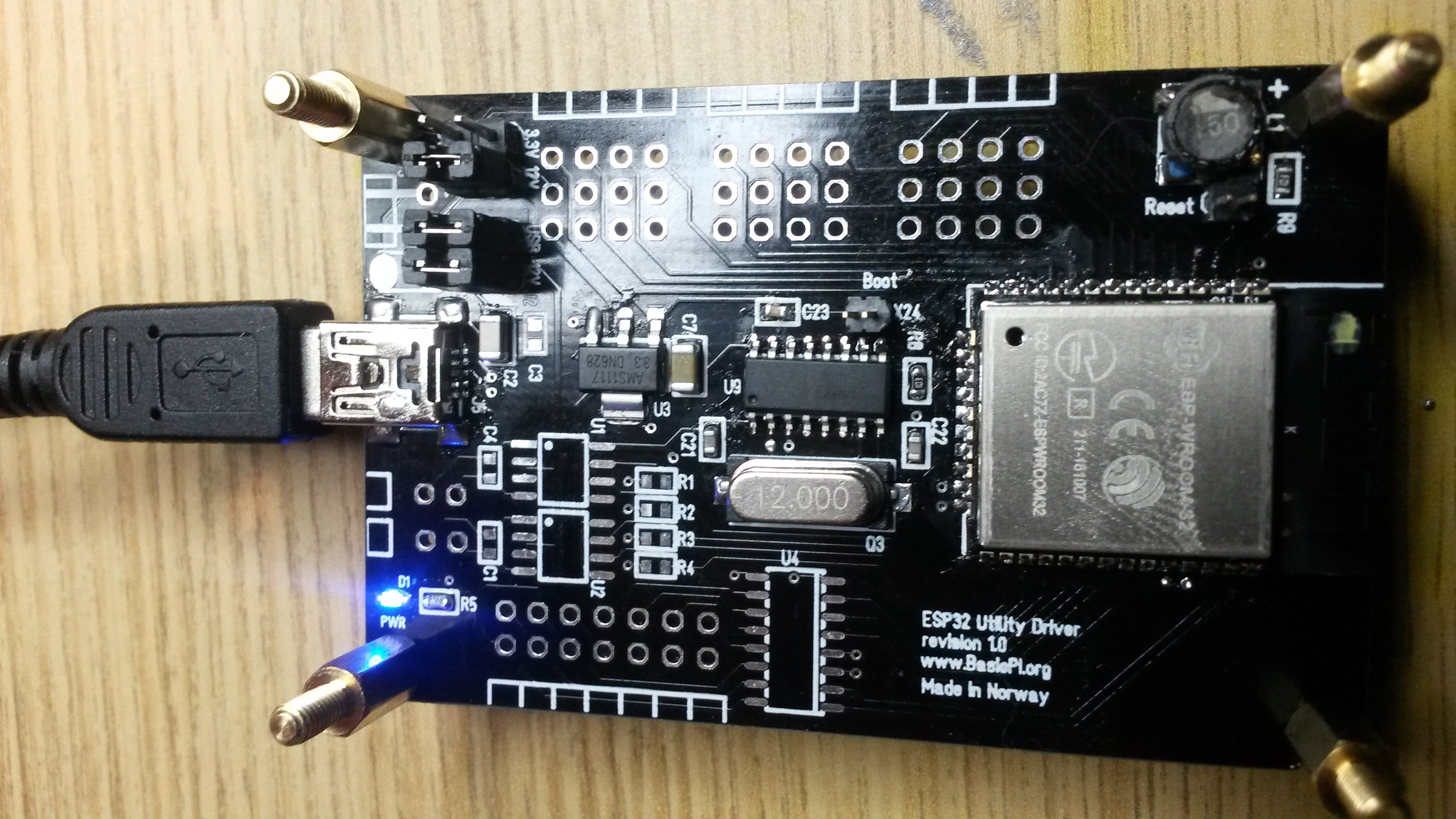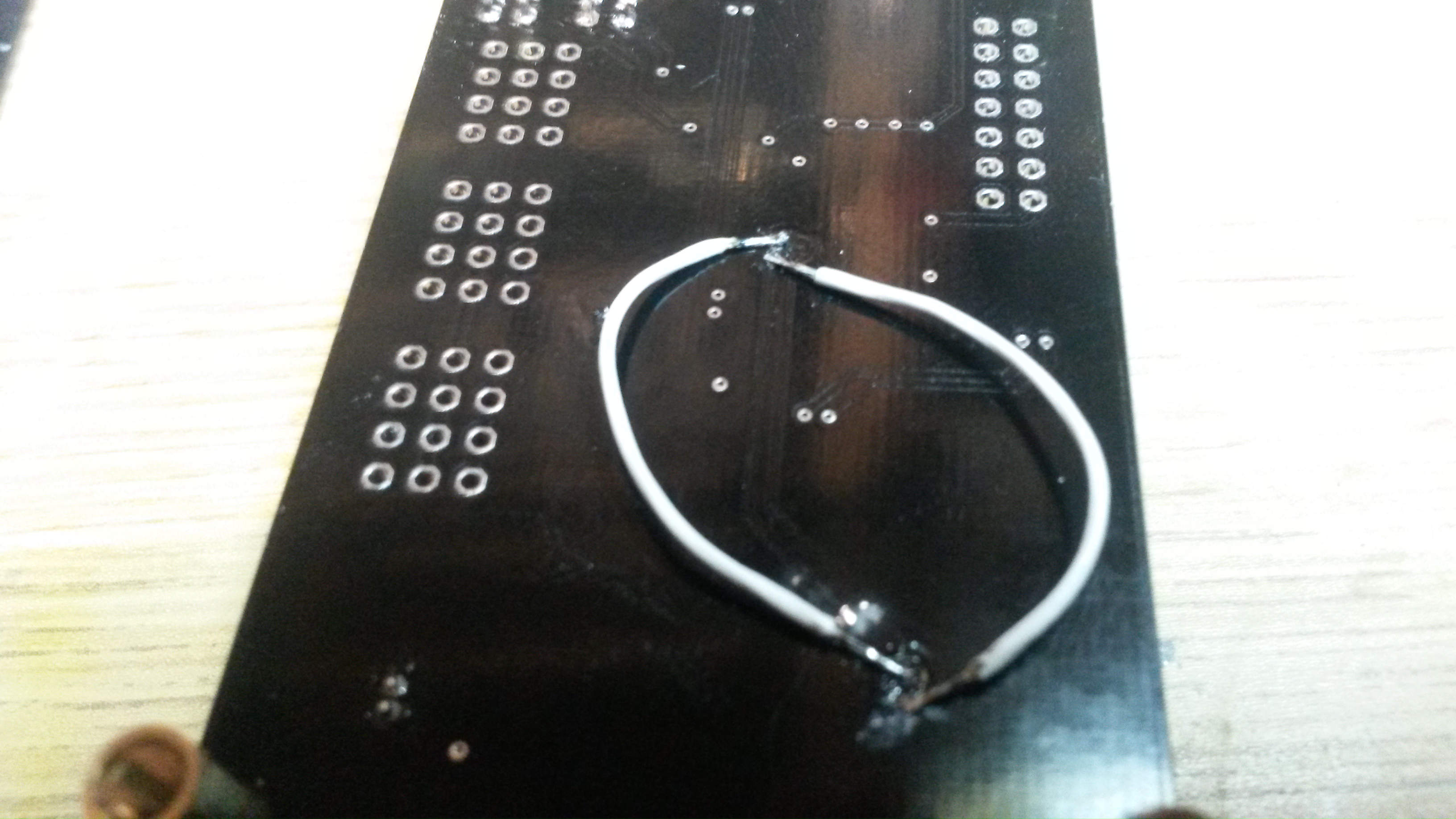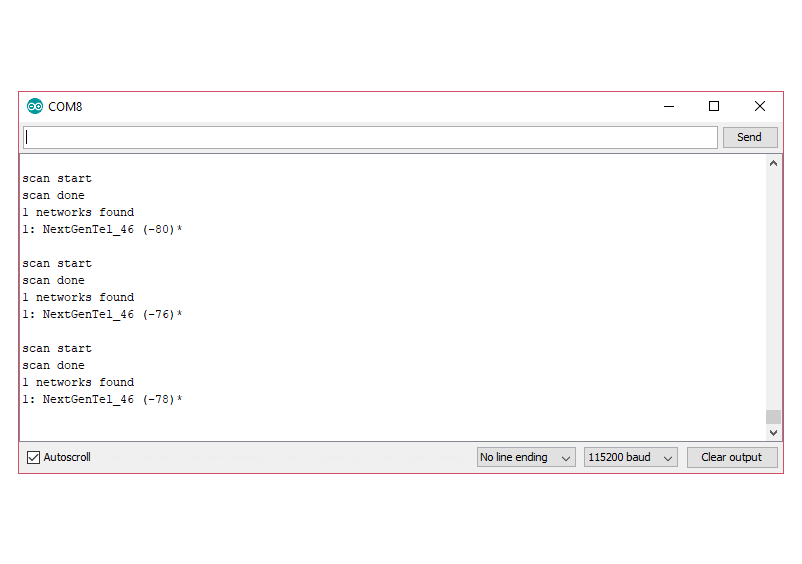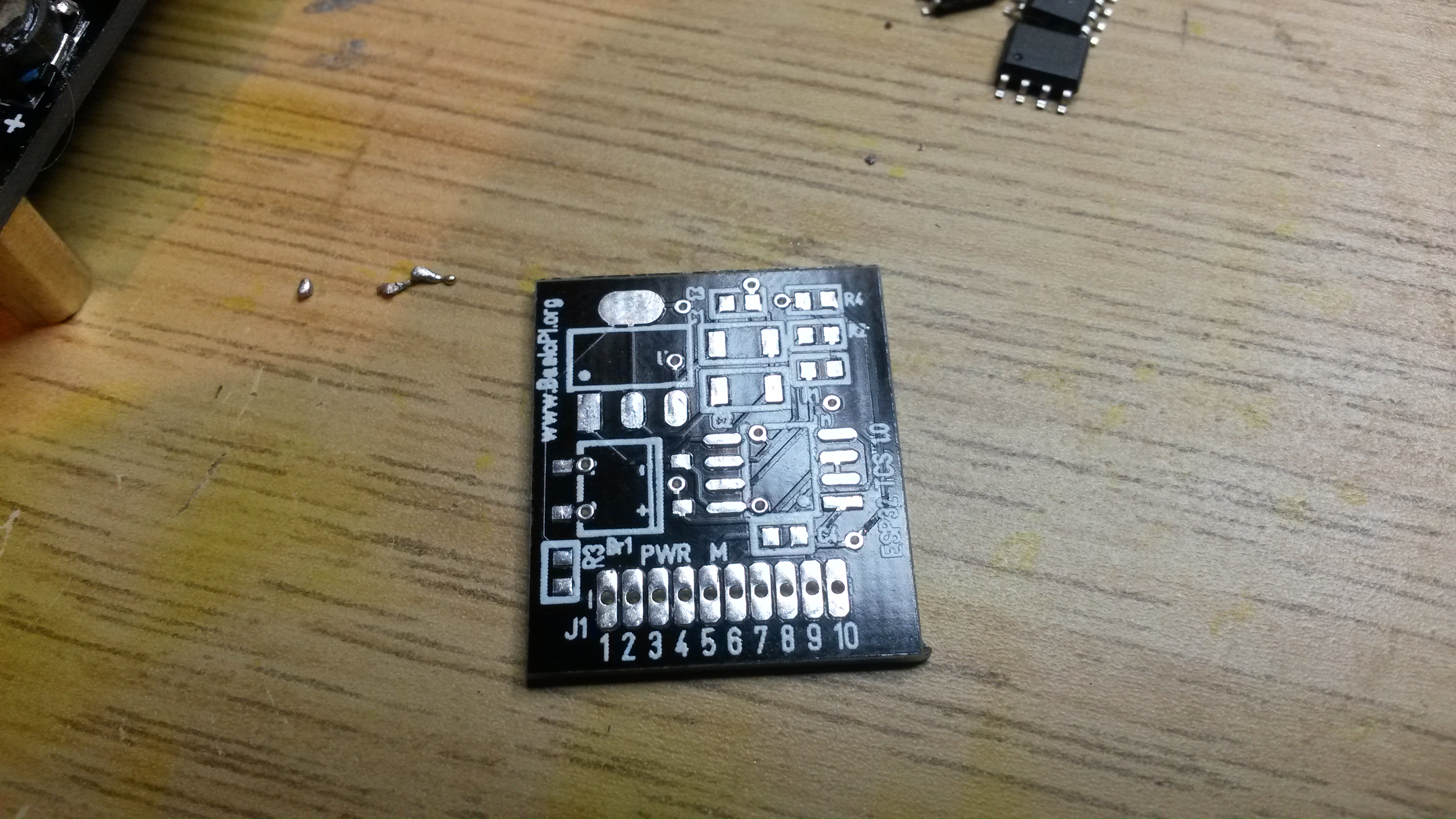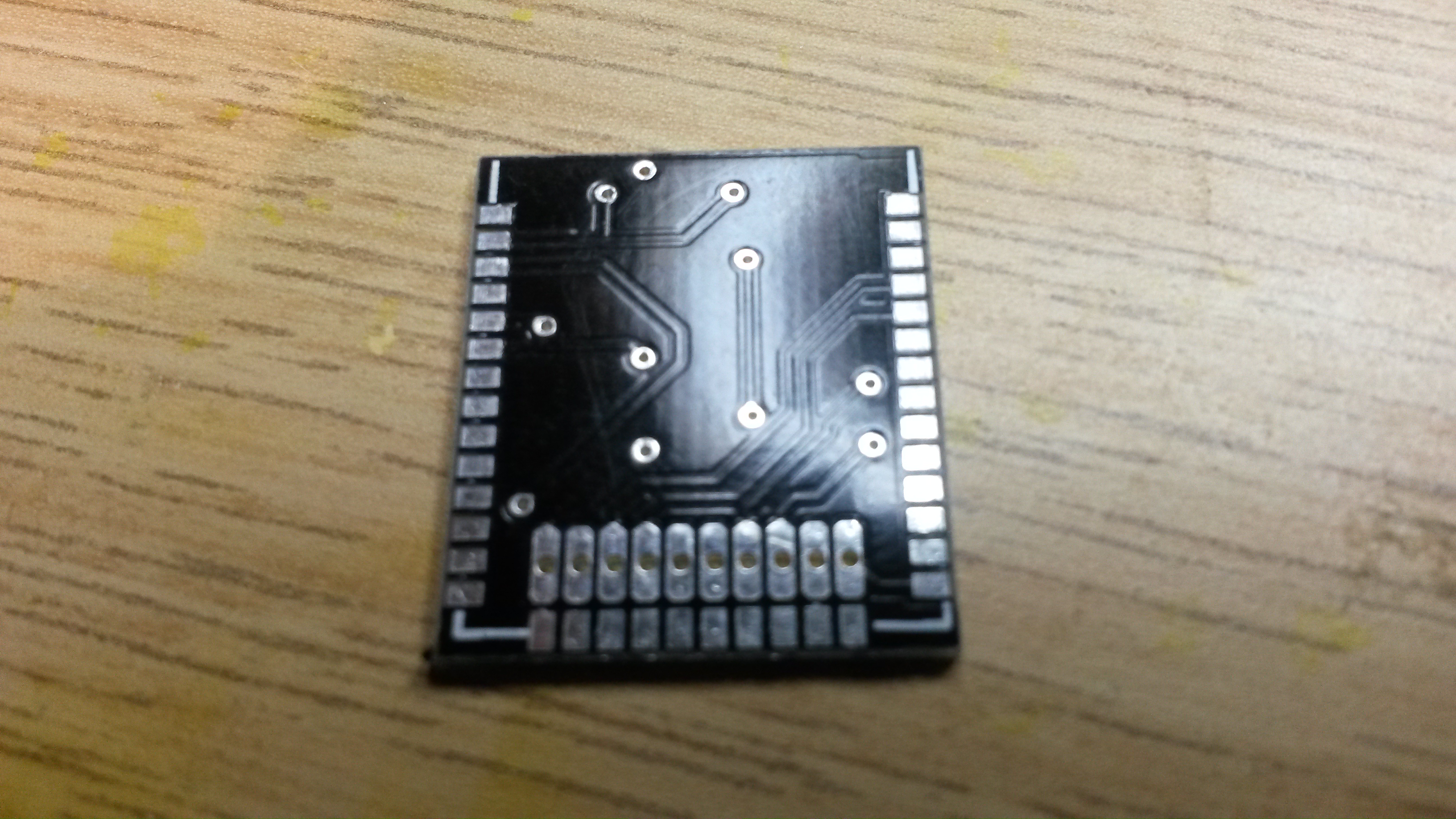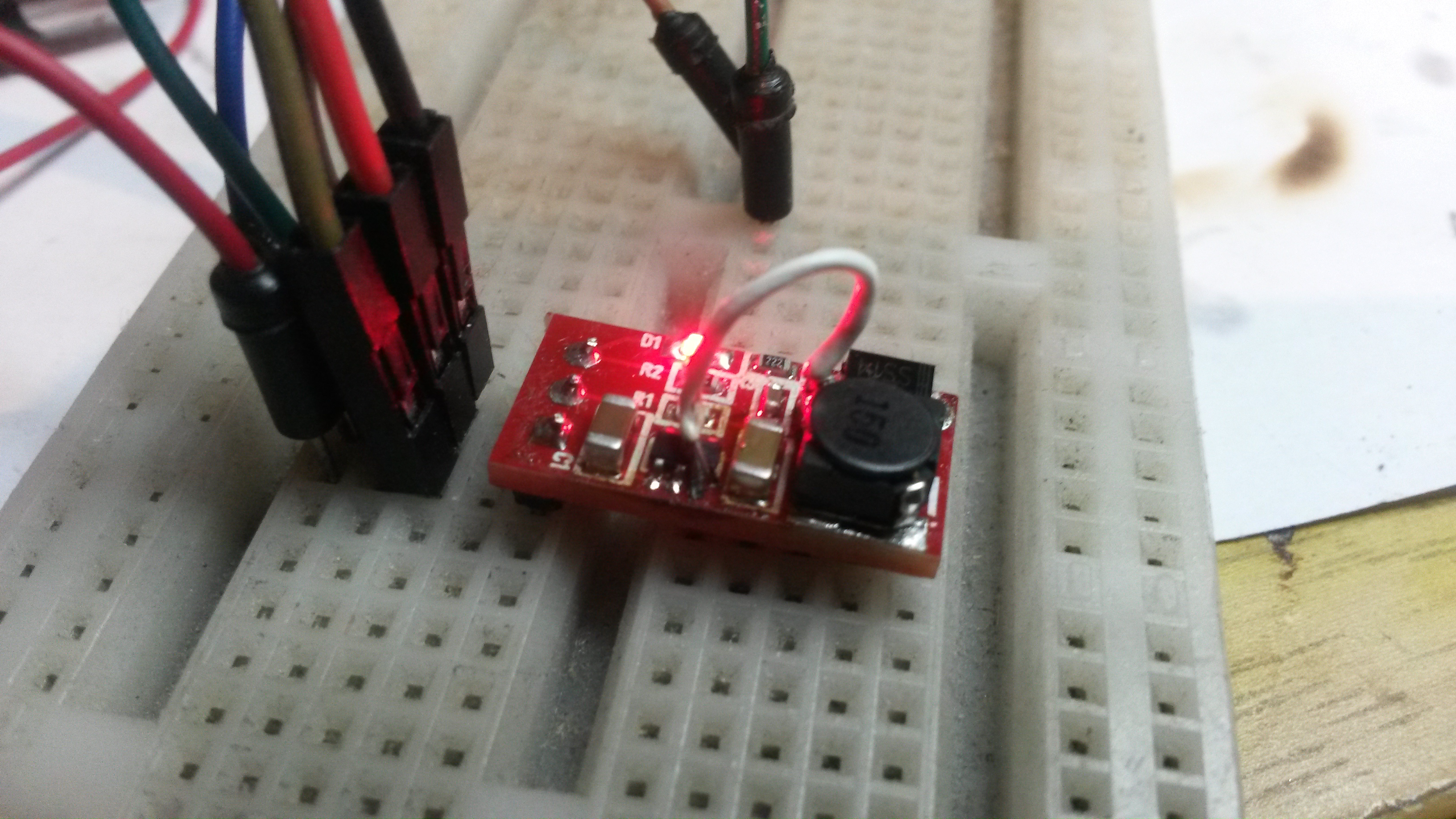This little example demonstrate how simple it is to create a Servo using the build in LED PWM. ESP32 comes with 16 channels of PWM, so in setup we asscociate channel 0 with pin 14 and set pin 14 to OUTPUT. We also set channel 0 to 50Hz 16 bit PWM. The example will sweep 0-180 degrees using GPIO14 as signal.
#define SERVO_PIN 14 void setup() { pinMode(SERVO_PIN,OUTPUT); ledcSetup(0,50,16); ledcAttachPin(SERVO_PIN,0); } void loop() { for(int x=0;x<180;x++) { SetServoPos(x); delay(10); } delay(100); } void SetServoPos(float pos) { uint32_t duty = (((pos/180.0) *2000)/20000.0*65536.0) + 1634; // convert 0-180 degrees to 0-65536 ledcWrite(0,duty); // set channel to pos }
A servo signal is a 20ms pulse (50Hz) with the signal as a 500uS – 2500uS width to indicate servo angle.
